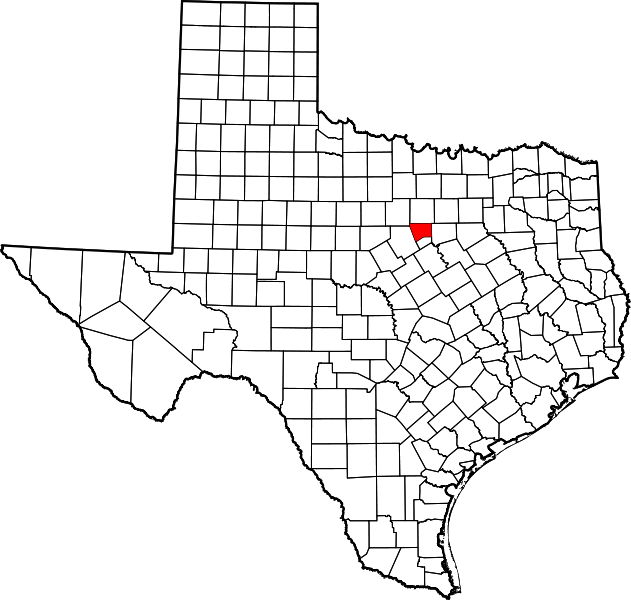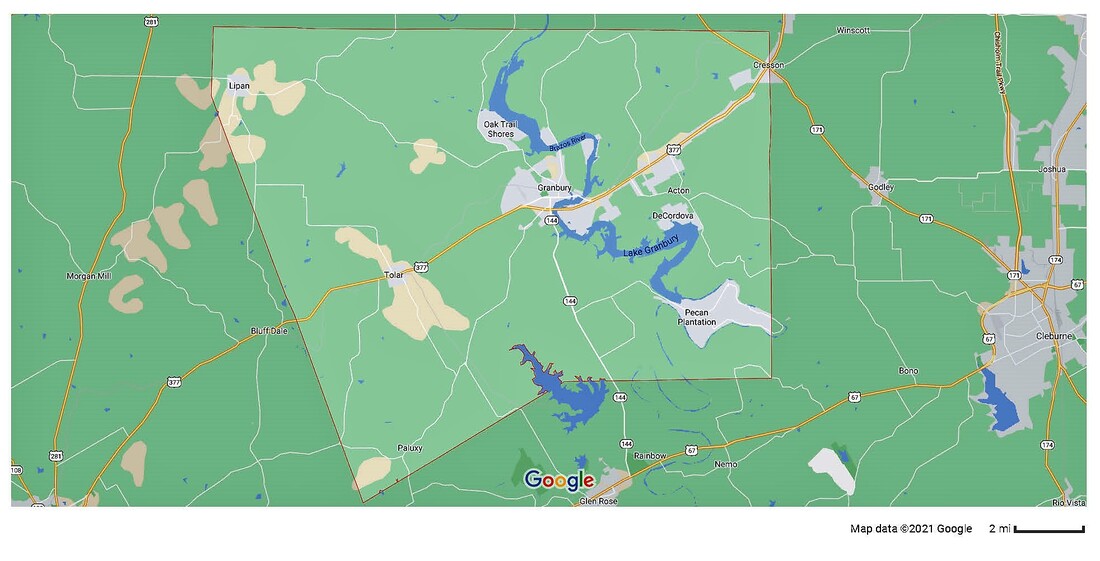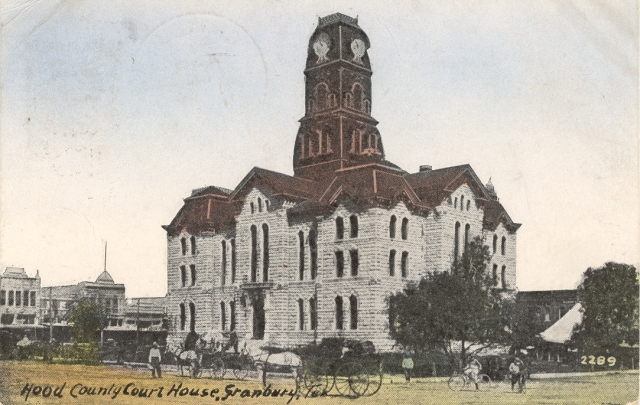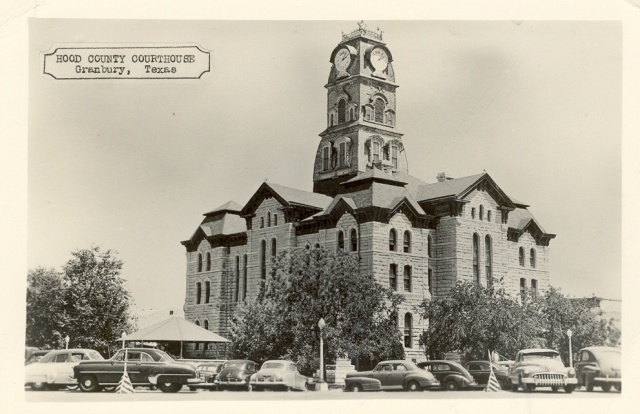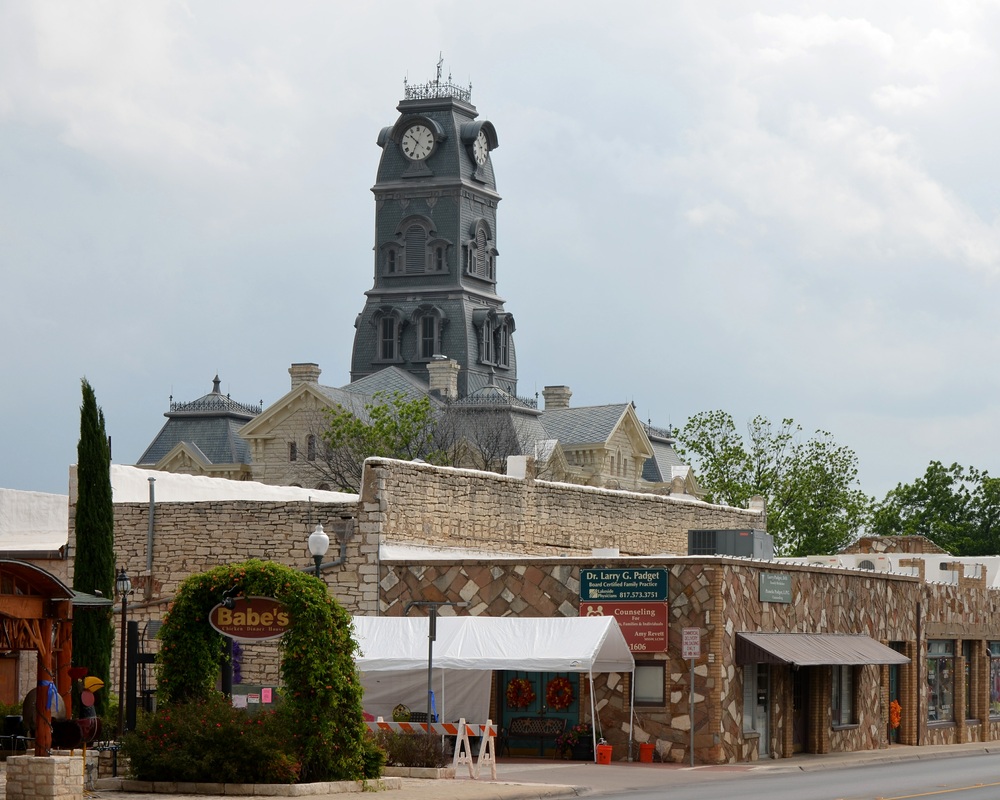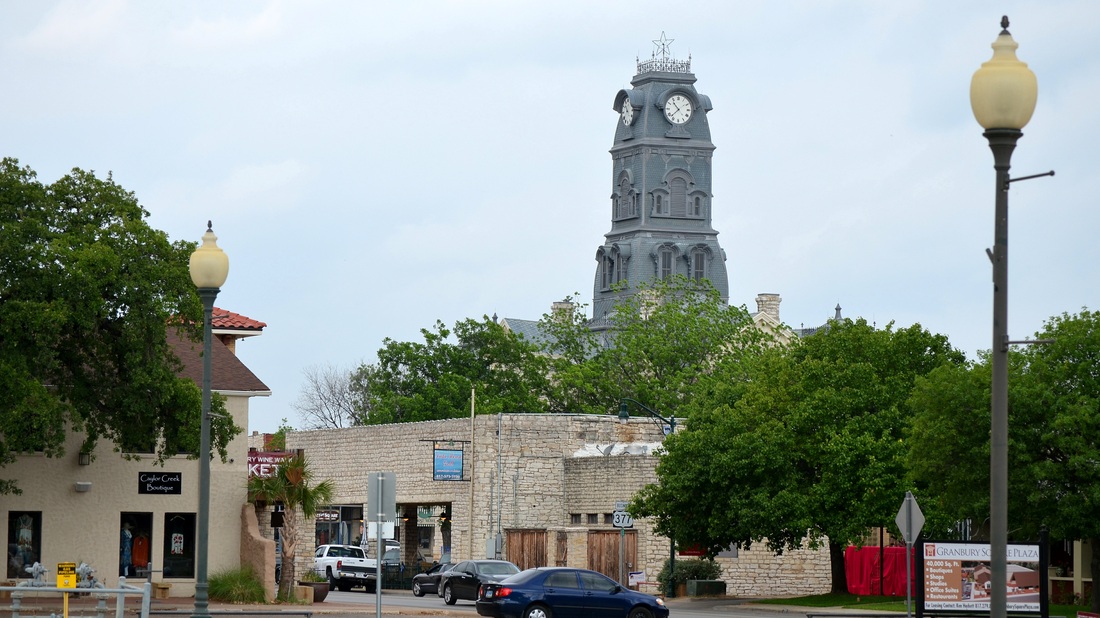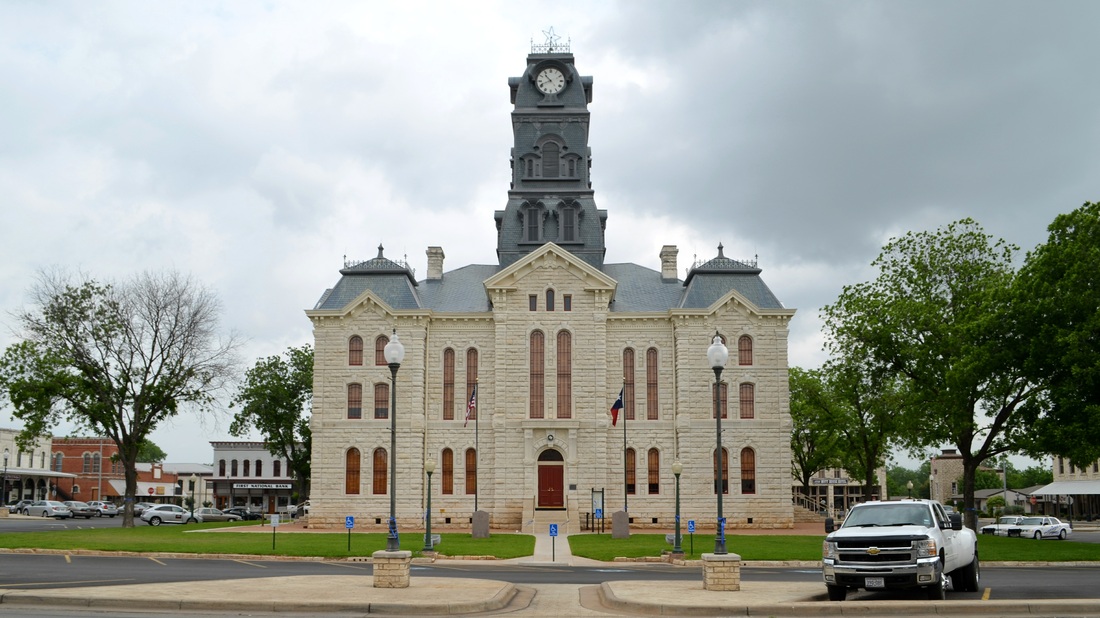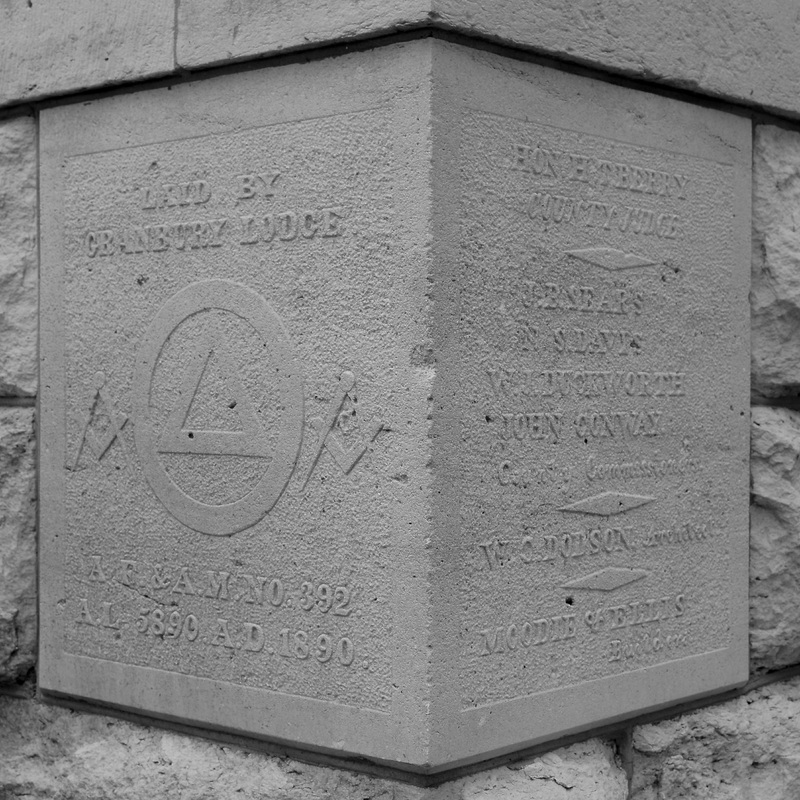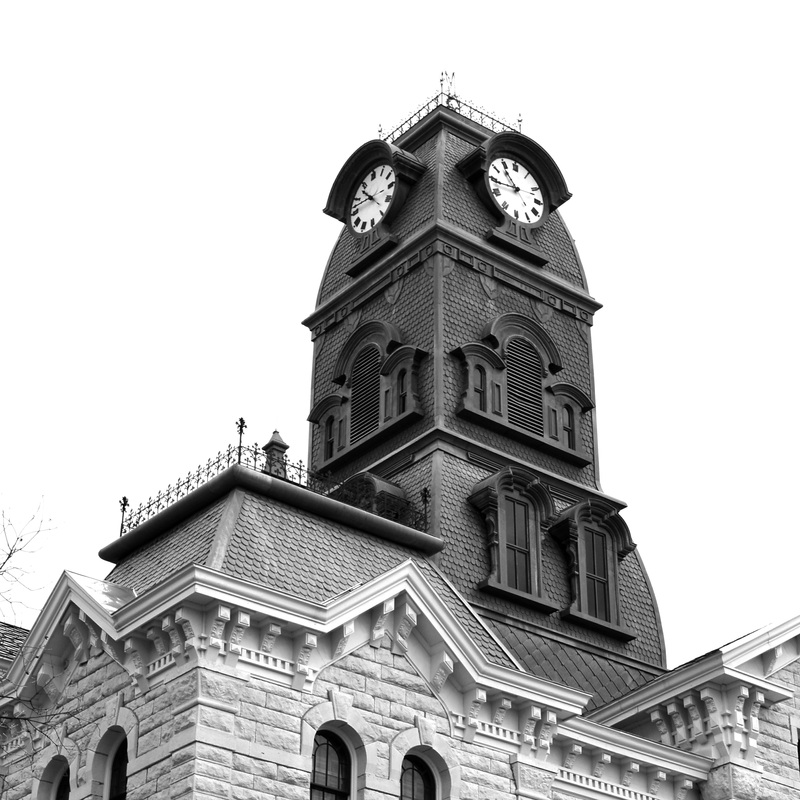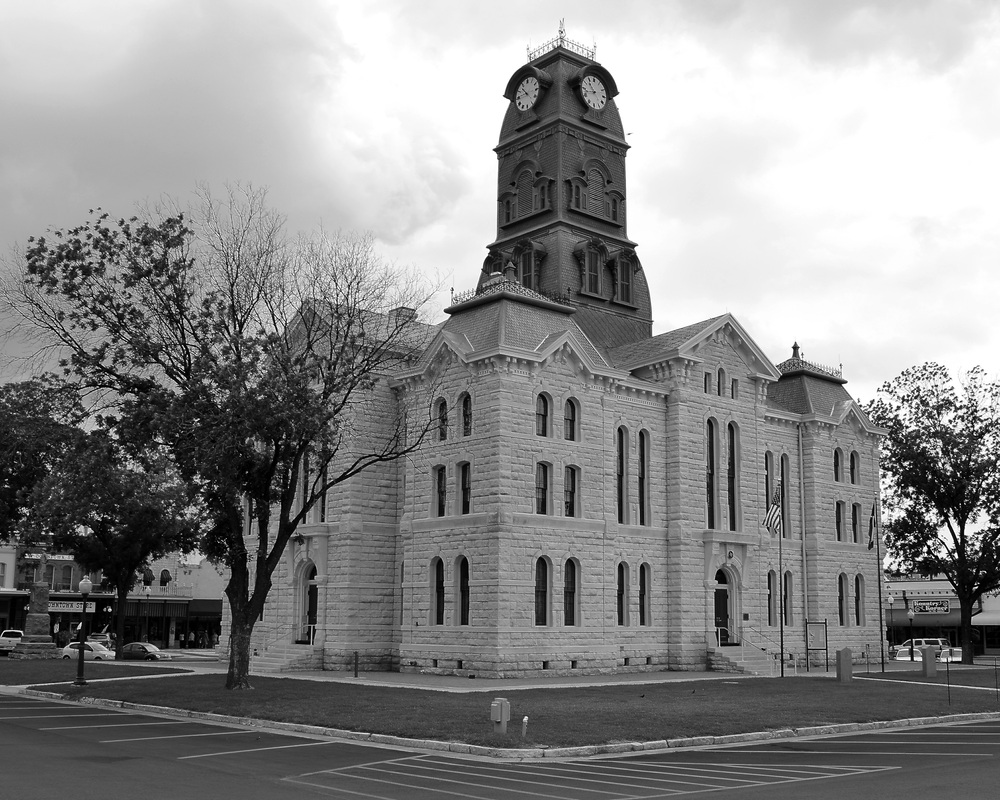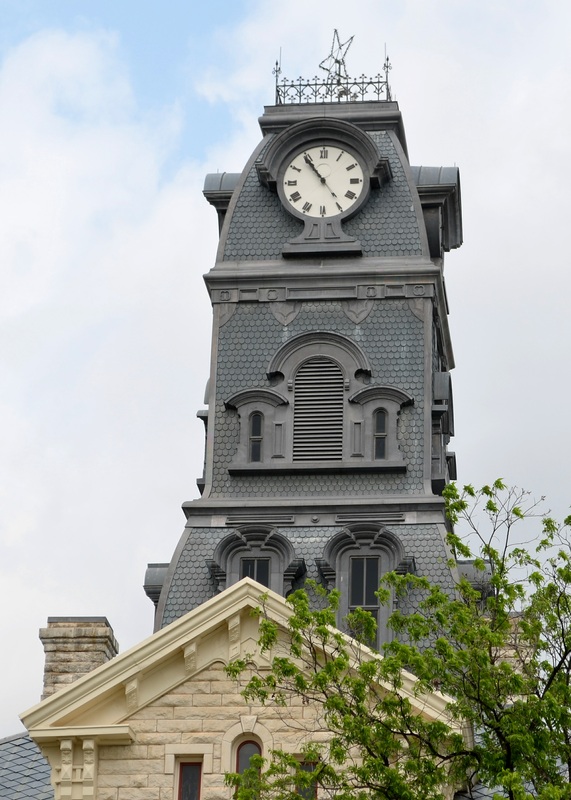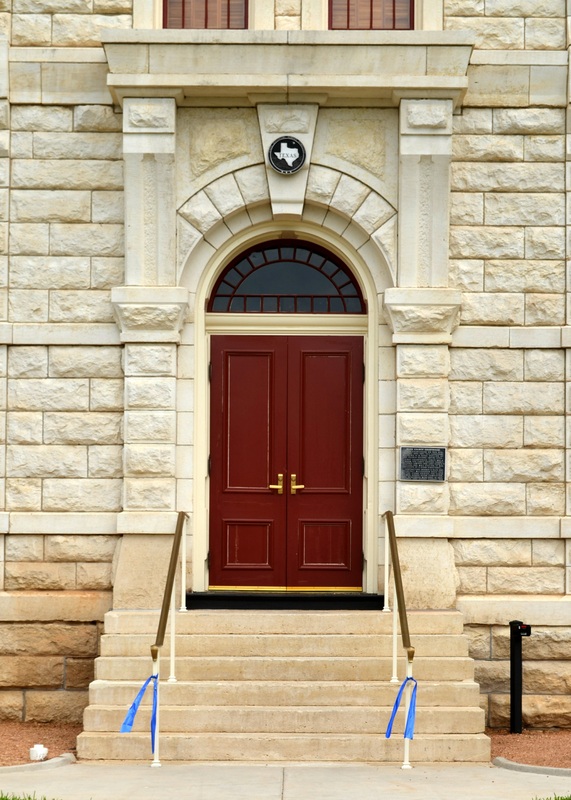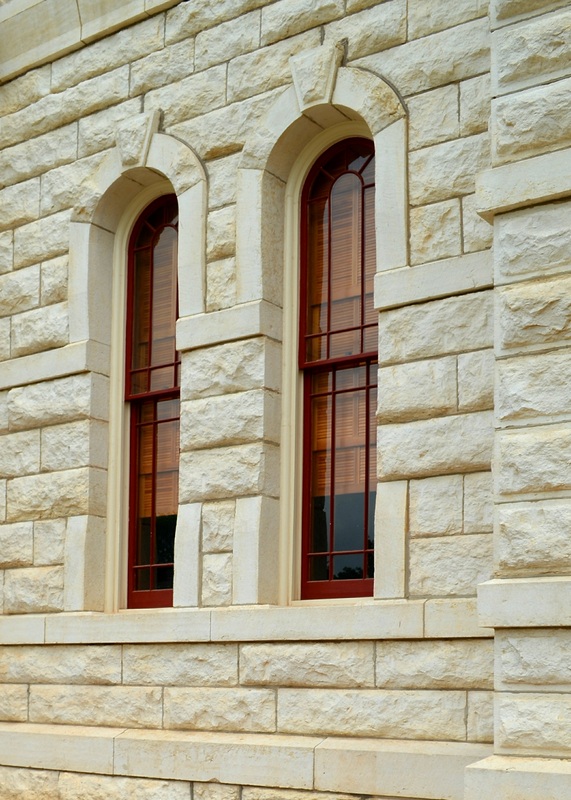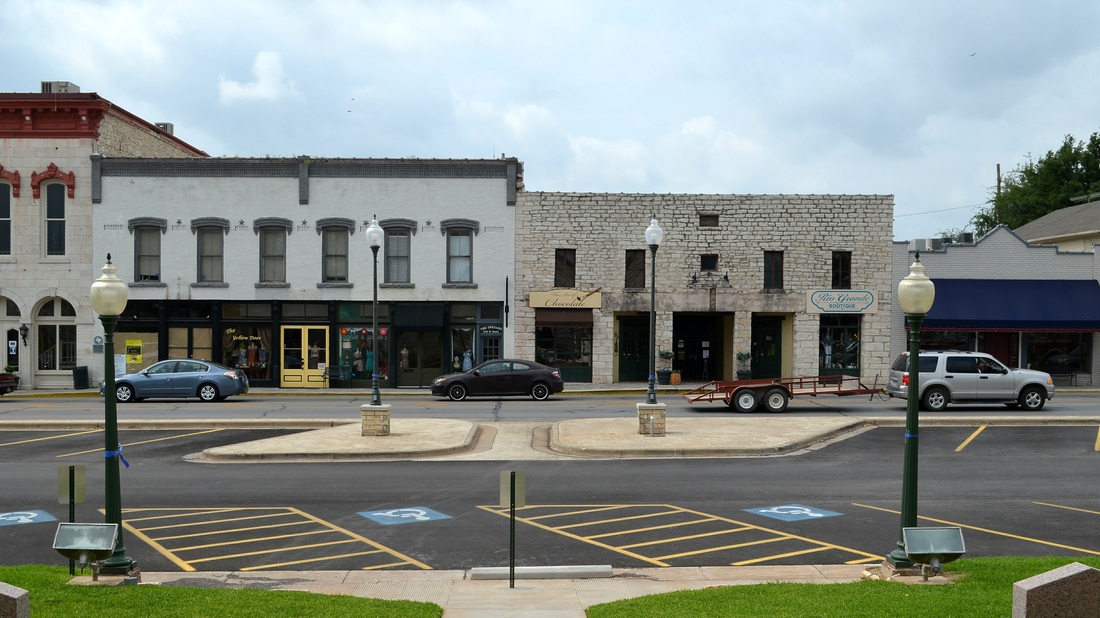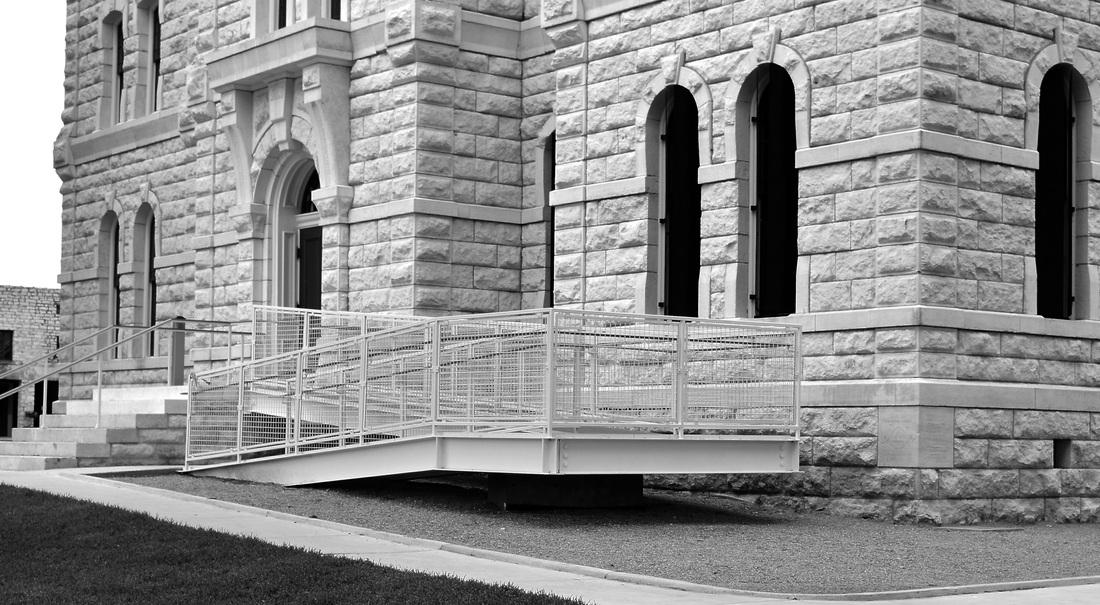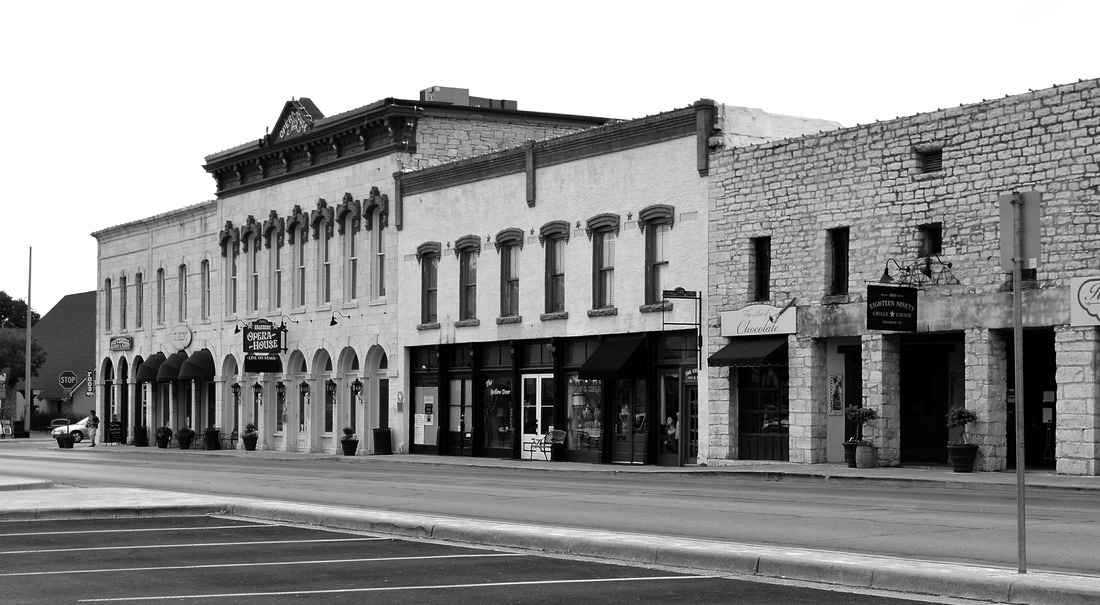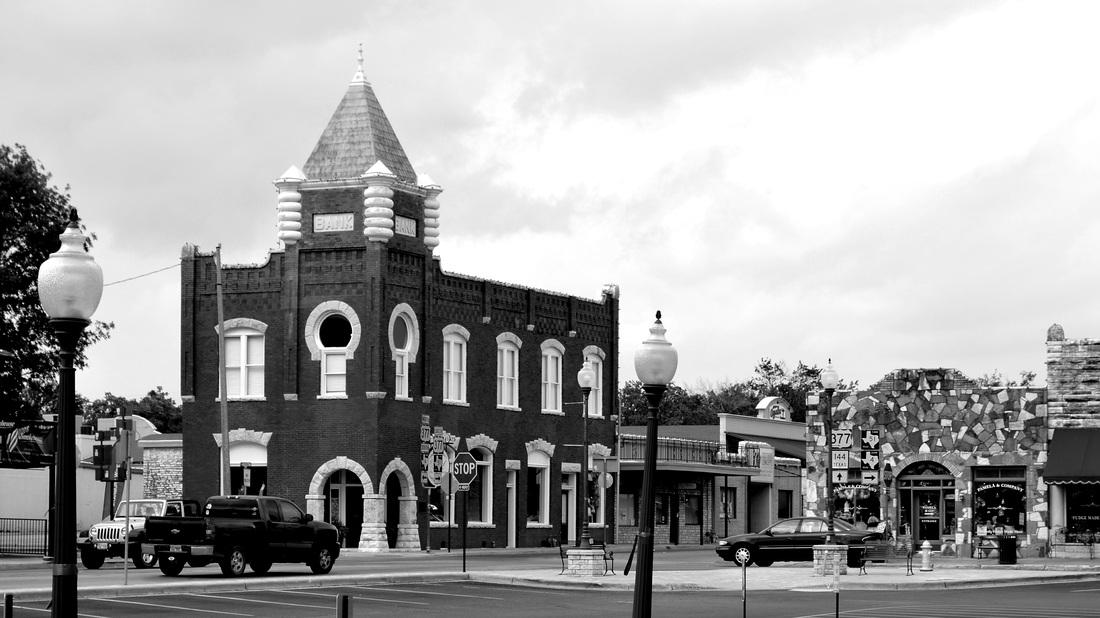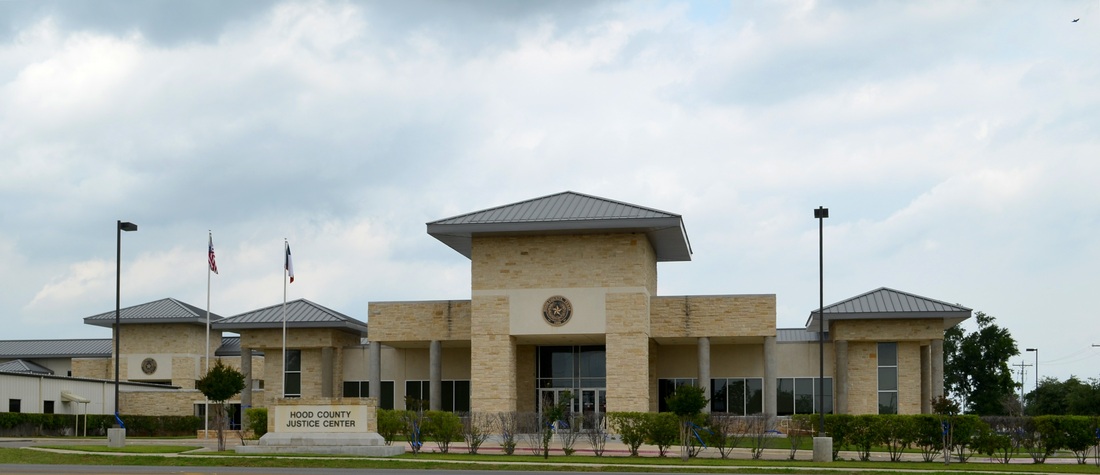140 of 254 Hood County Courthouse, Granbury, Texas. Population: 60,025
|
"Settlers from the East began to arrive in the area ten or fifteen years before the Civil War. One of the first, Charles E. Barnard, set up a trading post and Barnard's Mill at a site now in Somervell County. George B. Erath, for whom an adjacent county is named, was one of the first to survey on the Brazos River (1846–50). Other settlers, mostly stock raisers and farmers, began to settle in the Brazos and Paluxy river valleys in 1854.
"Hood County was formed in November 1866 by an act of the Eleventh Texas Legislature. After Texas became a republic, the area now known as Hood County had, at one time or another, been part of Robertson, Navarro, McLennan,Johnson, and Erath counties. The county was named after Lt. Gen. John Bell Hood of the Confederate Army. The county seat was to be named in honor of Confederate general Hiram Bronson Granbury. Location of the new county seat was a controversial issue. Residents in the southern section of the county favored the center of the county, as stated in the law. The other choice was a parcel of land donated by influential county leaders. The commission established to designate the county seat, citing a poor water supply at the center of the county, voted in favor of the donated land. The controversy surrounding the site of Granbury eventually caused the residents of the southern section of the county to petition for a new county [Somervell County]." Rhonda L. Callaway, "HOOD COUNTY," Handbook of Texas Online I visited Hood County and photographed the courthouse on Sunday, April 29, 2012.
|
Hood County courthouse 1890"The Hood County Courthouse, together with the surrounding Victorian commercial structures, present one of the most complete nineteenth century courthouse squares in Texas. Dominated by the Second Empire style courthouse built in 1890, the square is lined with one and two-story native limestone buildings, built mainly in the late nineteenth century. A few commercial structures completed the rows of buildings in the early twen-tieth century, but they all conform to the architectural unity of the town square.
"Designed by W. C. Dodson, a Waco architect, the courthouse was constructed in 1890-91. The three-story, limestone structure, patterned after the popular French Second Empire style, possesses a basic composition that Dodson had previously used in the county courthouses of Lampasas (1883), Parker (1885), and Hill (1890). The scheme is com-posed of a five-part plan: a projecting entrance pavilion, two mansard-roofed pavilions, and two recesses on each facade of the building. A three-story clock tower rises from the center of the roof with the first and top story treated as convex Mansard roofs. The rectilinear middle element has a threepart Venetian window with elaborate semicircular molded architraves. Attached pilasters and quoins embellish the corners of the projecting pavilions in addition to boldly framing the arched entrances. From the National Register narrative The exterior of the courthouse was restored in 1998-2000. The architects for the restoration were Burns Fletcher Gill and Arthur Weinman, with Frank W. Neal & Associates, Engineers. The project earned a1999 Design Award from the Fort Worth Chapter of the American Institute of Architects. Subsequently, Hood County received a grant of $5 million dollars for construction funds in Round V (2008) from the Texas Historical Commission. A full restoration of the courthouse, including the original 2-story courtroom, was begun in 2009. HDR Architecture of Dallas provided the design. The courthouse was re-dedicated on October 27, 2012. |
